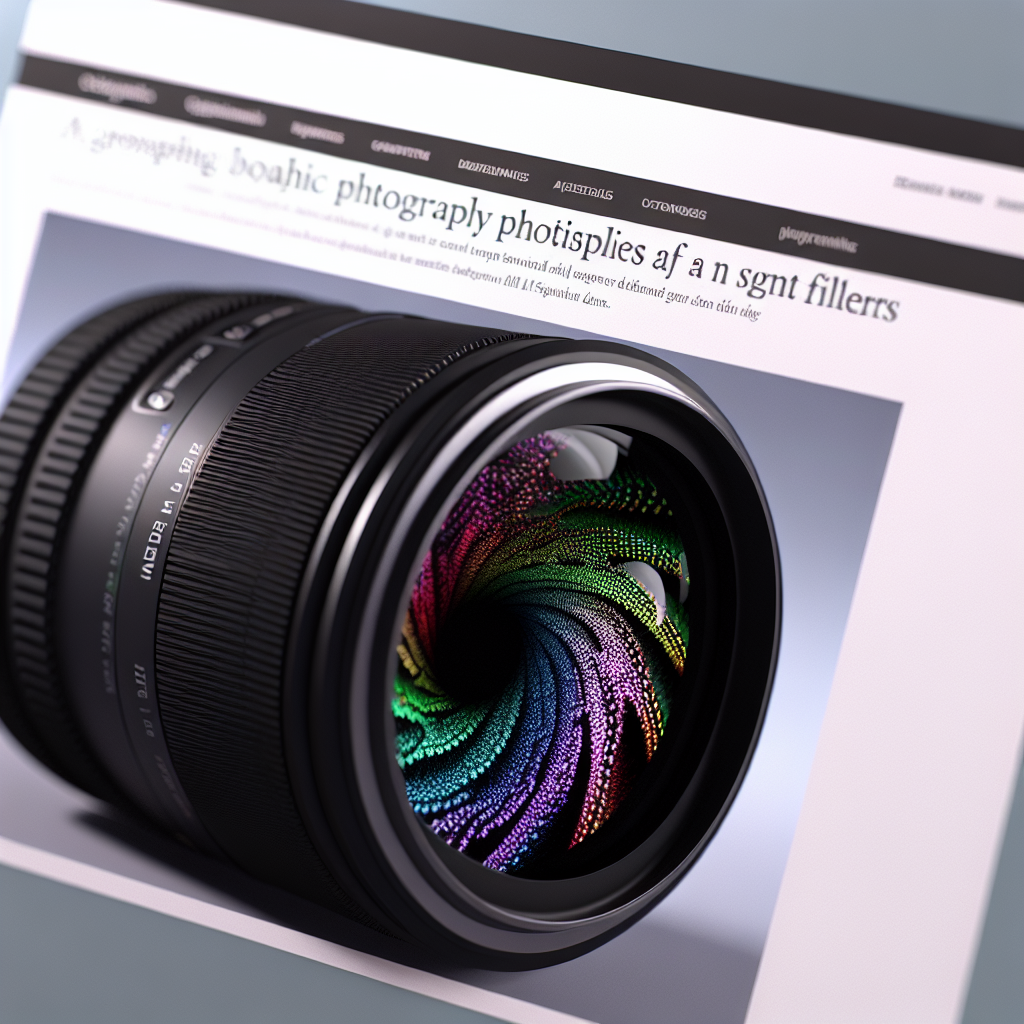Filters in Revit are powerful tools that significantly enhance your ability to organize, visualize, and manage complex building models. They serve as a vital feature for streamlining workflows, enabling precise control over categories, elements, and visibility states. In this article, we will explore how Revit filters serve as the ultimate graphics tool to improve your design and documentation process.
Understanding Revit Filters: The Key to Advanced Visualization and Control
Revit filters are conditions set within your project that allow you to control the appearance and visibility of specific elements based on defined criteria. Unlike basic visibility settings, filters offer a granular approach to managing complex models by dynamically adjusting graphics, such as colors, line weights, and patterns, based on element attributes.
For example, you can create a filter to highlight all elements that are not up to code or identify elements that need maintenance. This capability not only improves the clarity of your visualizations but also streamlines decision-making during design, coordination, and documentation phases.
Creating effective filters involves understanding the various parameters for categorization, such as level, phase, material, or custom parameters. Once defined, these filters can be applied to view templates, sheets, or specific views, making them an essential component of a professional Revit workflow.
The Power of Filters as a Graphics Tool in Revit
As an ultimate graphics tool, filters transform how designers and project teams interpret model data visually. Here’s how they elevate your visualization capabilities:
- Enhanced Clarity: Filters allow you to emphasize or de-emphasize elements, making complex models more understandable. You can assign distinct colors or line styles to different categories or status, helping viewers quickly grasp project details.
- Improved Coordination: During clash detection or coordination meetings, filters help isolate problematic elements or highlight conflicts without altering the underlying model. This targeted visualization accelerates resolution workflows.
- Customizable Graphics: Revit’s filter system supports intricate graphic overrides, including color schemes, patterns, and transparency. This level of customization enables you to create presentation-ready visuals that communicate design intent effectively.
Furthermore, filters can be combined with view templates for consistent presentation across multiple views, reducing repetitive setup and ensuring uniformity. This makes filters not just a visualization enhancement but a strategic tool for effective project management and communication.
Conclusion
Revit filters are a robust and versatile feature that significantly enhance the visual clarity and control over building models. By leveraging filters as the ultimate graphics tool, designers can achieve precise, customizable, and impactful visualizations that support better decision-making and project communication. Mastering filters unlocks new levels of efficiency and presentation quality in Revit workflows.
